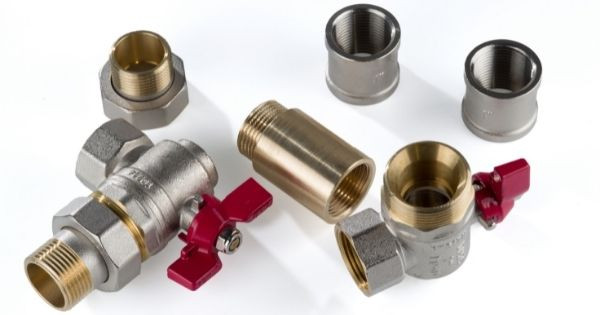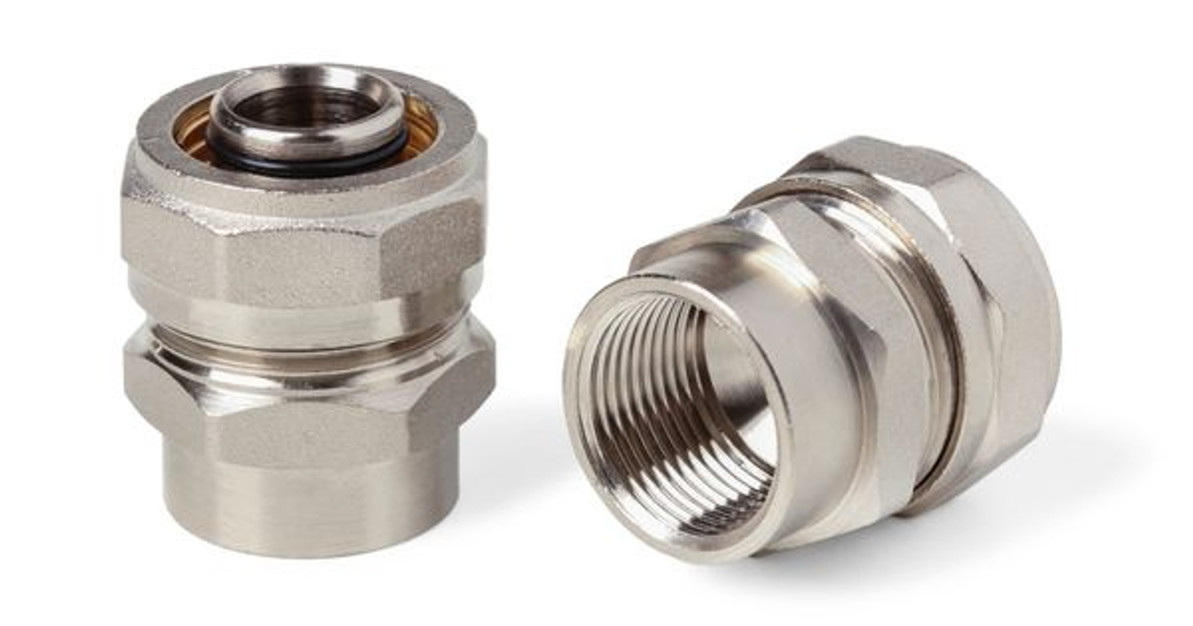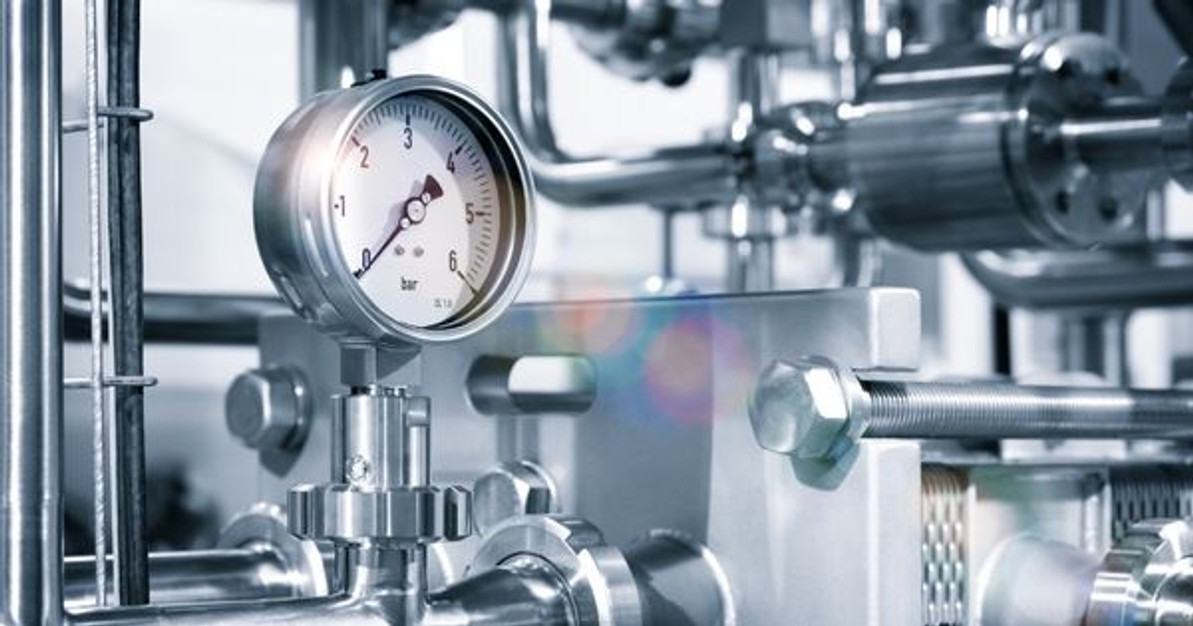 Mar 23rd 2022
Mar 23rd 2022Valve Guidelines for Sanitary Applications in 2022
The design and construction of hygienic valves are crucial to consider when considering how the valve will be applied. In order to get a better idea of what kind of sanitary valves you should use in any application, it's important to understand the valve guidelines for sanitary applications in 2022.
Minimum Hygiene Guidelines
At the very minimum, all sanitary valves should have their contact surfaces made from FDA-approved materials. This means using materials like stainless steel with the specific grades of AISI 304 and AISI 316—grades that are low-cost, durable, and resistant to corrosion. There are also FDA-approved plastics, polymers, and rubbers to be used in the construction of sanitary valves.
Minimum-hygiene guidelines mean that sanitary valves don’t require any further finishing and can be left as they were cast. These minimum-hygiene valves are also typically used in applications where the valve is going to be cleaned often, ensuring grime, bacteria, and more don’t have the opportunity to grow and fester on your valve.
Mid-Level Hygiene Guidelines
For mid-level hygiene guidelines, you’ll have two kinds of cleaning to account for—dry cleaning and wet cleaning. While minimum-hygiene valves may get away with some non-FDA-approved materials in their construction of non-contact surfaces, mid-level and high-level guidelines will require the valves be made entirely of FDA-approved materials like the aforementioned stainless steel, polymers, plastics, etc.
Dry cleaning refers to rotary valves that have been applied to convey food powders from silos and other similar processes. Dry cleaning only requires the same level of cleaning as a minimum-hygiene valve. Wet cleaning, however, is for valves that are used to convey liquids or wet mixes. Cleaning here requires the use of warm water, caustic and acidic cleaners, and disinfectant to ensure the valve is thoroughly cleaned.
High-Level Hygiene Guidelines
Finally, high-level valve guidelines for sanitary applications in 2022 are wet cleaning only. These are rotary valves that interact with food products, dry-milk-based products, and other perishable products that need to stay safe for human consumption. High-level hygiene guidelines demand that valves be cleaned diligently and often, using the same tools as described for mid-level hygiene wet cleaning. This is the best way to ensure the valves remain free of contaminants that could ruin the product and potentially harm someone who consumes it.
 Mar 23rd 2022
Mar 23rd 2022Recent Posts
-
Nov 7th 2022
What Is Food-Grade Stainless Steel Tubing?
Businesses that produce food and beverage products must operate hygienically. Sterile environments a …Nov 7th 2022
-
Oct 11th 2022
Why Sanitary Fittings Are Important for the Medical Industry
Sanitary fittings are useful for many industries. Food and beverage manufacturers have used these to …Oct 11th 2022
-
Sep 23rd 2022
What Is the Max Operating Temperature for Stainless Steel?
Stainless steel is valued in many industrial applications because it’s capable of withstanding high …Sep 23rd 2022




